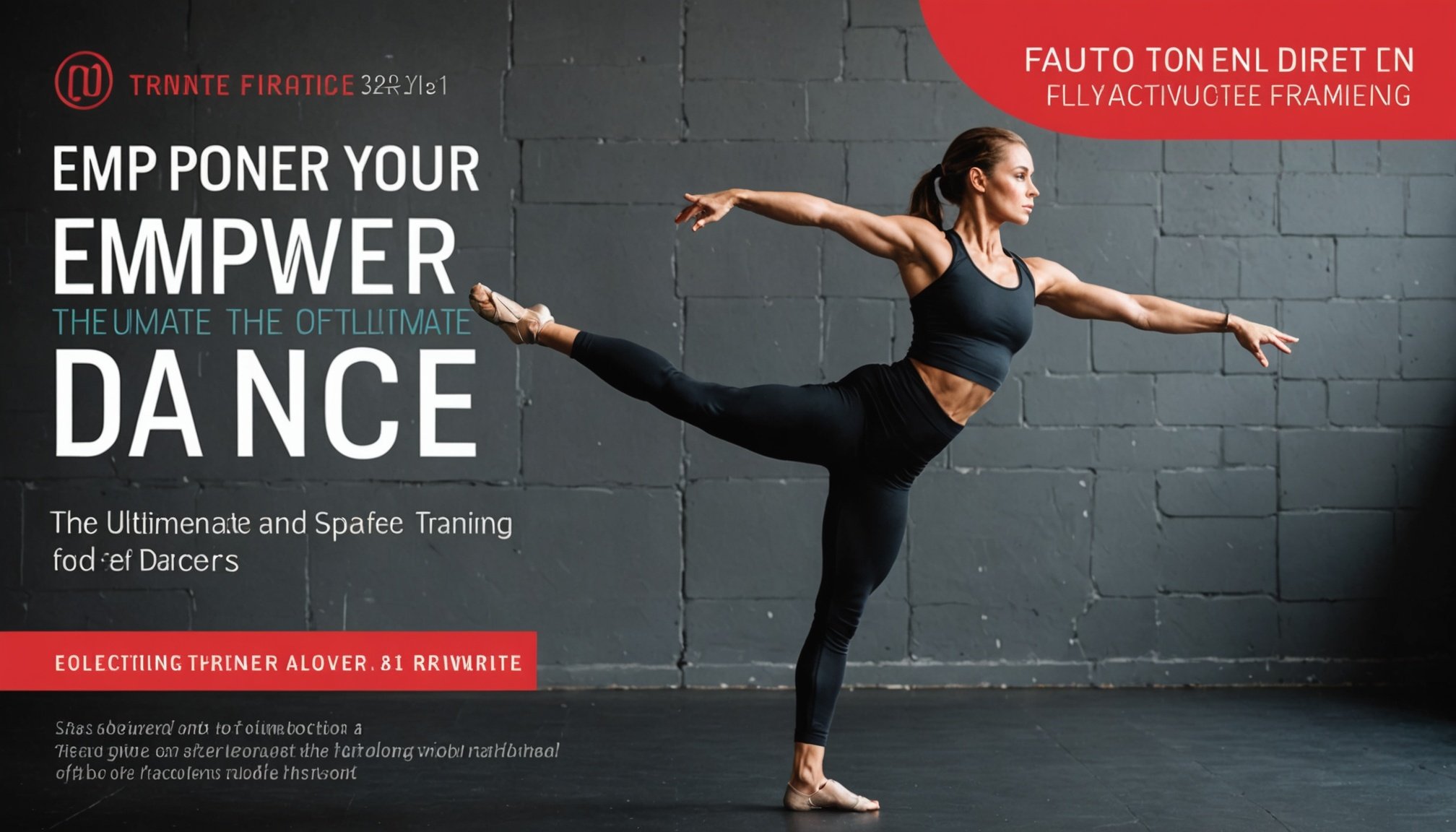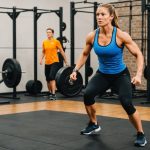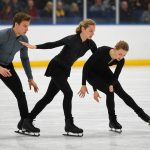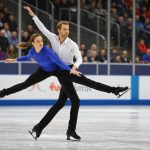Introduction to Strength Training for Dancers
Strength training is crucial for enhancing a dancer’s performance. It not only boosts power and stamina but also helps in achieving greater control and precision in movements. Unlike general fitness, dance-specific training addresses targeted muscle groups essential for dance, such as core stability, lower body strength, and coordination.
Dancers often face the challenge of balancing strength with the fluidity required in their art form. Therefore, the integration of correct strength training routines is necessary to maintain this balance. The guide will explore tailored strategies to encompass those needs, ensuring dancers can push their limits safely and efficiently. This overview is designed to equip dancers with the knowledge to enhance their technique, avoid injuries, and increase performance longevity.
Also to discover : Maximizing athletic potential: exploring how wearable tech revolutionizes training and progress monitoring
Expect to find an educational breakdown of safe techniques and effective exercises. Through this guided path, dancers can progressively build the strength needed without compromising their unique artistic expression.
Safe Techniques for Strength Training
Implementing safe techniques is essential for dancers to prevent injuries while maximizing training benefits. Adhering to proper training guidance helps dancers build strength securely. A foundation of safe training practices includes correct posture, controlled movements, and gradual progression in intensity. Dancers should be mindful of their body’s signals, ensuring they don’t overtrain or strain specific muscle groups.
In the same genre : Protecting dancers: key conditioning strategies to avert overuse injuries
Common Mistakes
A prevalent mistake is neglecting adequate warm-up and cool-down sessions, which are crucial for preparing muscles and aiding recovery. Skipping these steps can lead to tension and increased injury risk. Additionally, incorrect form during exercises often causes unnecessary strain on muscles and joints.
Importance of Warm-Up and Cool-Down
Warm-ups enhance blood flow and flexibility, while cool-downs aid in reducing muscle soreness. Engaging in dynamic stretches during warm-ups and static stretches in cool-downs significantly supports overall muscle well-being. Emphasizing both elements in a routine will keep dancers in optimal physical condition, reducing the likelihood of setbacks in their developing dance careers.
Effective Exercises for Dancers
Incorporating effective exercises into a dancer’s routine is essential for targeting specific muscle groups and ensuring well-rounded strength development. Dance requires precise muscles coordination, which can be enhanced through targeted training routines.
Upper Body Strength
To support posture and provide the necessary strength for lifting or performing intricate moves, exercises for the arms, shoulders, and back are crucial. Incorporating push-ups, rows, and overhead presses can significantly benefit a dancer’s upper body strength. A sample routine could include a series of 10-15 repetitions per exercise, cycled twice, to promote endurance and muscle tone.
Core Strength
Core stability is vital for balance and control in dance. Exercises such as planks, Russian twists, and leg raises focus on strengthening the core muscles, which are integral for fluid movements and overall body alignment. Integrating these exercises daily ensures that dancers maintain a solid foundation for their performance.
Lower Body Strength
Targeting the legs and glutes is essential for powerful jumps and graceful landings. Squats, lunges, and calf raises are beneficial, with routines progressively increasing in intensity to build strength over time. This focus not only enhances dance styles requiring lower body agility but also minimizes the risk of injuries.
Balancing Strength and Flexibility
For dancers, achieving an optimal balance between strength and flexibility is crucial for exceptional performance. Both elements support fluid movements and prevent injuries. Integrating flexibility into strength routines can be achieved by including dynamic and static stretches tailored to dance skills. These exercises should target muscle elongation while maintaining tone and power.
Techniques such as yoga and Pilates are excellent for fostering this balance. These practices reinforce stability while promoting flexibility, offering dual benefits for dancers. By engaging in combined exercises like pliés with arm extensions or dynamic leg swings with torso twists, dancers can enhance both attributes seamlessly. These exercises are not only practical but also encourage a smoother transition between strength-building and flexibility-enhancing activities.
Regular practice ensures that dancers do not compromise their artistic expression with excessive rigidity or strength. The balance of these two components enhances the dancer’s ability to perform complex routines with grace and ease. Prioritising flexibility alongside strength is not only beneficial for dance execution but also pivotal in sustaining a long-lasting dance career without the hindrance of injuries or muscle imbalances.
Nutrition for Dancers
Proper nutrition plays a significant role in supporting strength training for dancers. The demands of dance necessitate specific dietary needs to sustain energy levels, enhance performance, and aid in recovery. A balanced diet incorporating sufficient proteins, carbohydrates, and healthy fats is fundamental. Protein-rich foods such as lean meats, legumes, and nuts are crucial for muscle repair and growth, especially post-training.
Timing meals is equally important, with recommendations to consume a nutritious meal or snack within a couple of hours before and after exercise to optimize energy and recovery. Foods like whole grains can provide the necessary fuel, while fruits and vegetables contribute vital vitamins and antioxidants crucial for reducing inflammation.
Supplements, while not mandatory, can be beneficial. Options such as omega-3s and vitamin D can enhance strength and support joint health. However, it’s always advisable to consult a nutritionist or dietitian before introducing new supplements. Engaging in these dietary practices ensures dancers maintain peak performance, bolstering their physical capabilities while safeguarding their overall health.
Preventing Common Dancer Injuries
Preventing injury is crucial for a dancer’s longevity and effectiveness on stage. Many dancers encounter injuries like sprains or stress fractures due to the physical demands of their profession. These injuries can often be prevented through thoughtful strength training. A robust routine enhances muscle resilience, improving overall stability and reducing the chance of injury.
Selective exercises targeted at injury-prone areas—such as ankles and knees—fortify the muscles and ligaments that provide support during intense movements. Additionally, balancing strength with flexibility ensures that the body absorbs the impact more efficiently, diminishing unnecessary strain on joints.
In case of an injury, consistent rehabilitation is essential for recovery. Understanding the body’s needs and performing low-impact exercises can aid in restoring strength and preventing future injuries. Techniques like swimming or cycling offer joint relief while ensuring continuous movement. Dancers are encouraged to consult physiotherapists to craft tailored recovery plans. Prioritising injury prevention through structured routines and rehabilitation fosters a safer dancing environment, allowing dancers to sustain their passion without the setback of prolonged downtime.
Dancer Testimonials and Expert Insights
Drawing on personal experiences, dancers report remarkable improvements in performance after incorporating strength training into their routines. Many dancers highlight increased core stability and confidence in executing complex movements. These testimonials demonstrate how targeted strength exercises not only enhance agility but also reduce injury occurrence. For instance, a dancer from a contemporary troupe shares how improved upper body strength has transformed her ability to perform lifts with ease.
Expert advice from dance coaches and physical therapists underscores the importance of balanced training. They emphasize exercises tailored to individual needs, ensuring dance-specific muscles are targeted effectively. Expert insights often recommend progressive routines that gradually increase in intensity, allowing dancers to strengthen safely.
The role of community support is paramount. Engaging with other dancers, sharing success stories, and exchanging training tips can be incredibly motivating. Online dance communities offer a platform for peer encouragement, fostering a sense of camaraderie which enhances the training experience. Overall, these combined approaches provide a robust framework for dancers aiming to enhance their performance through strength training.
Additional Resources and Tools
Enhancing dance performance with resources and understanding suitable training tools can significantly benefit dancers looking to optimize strength training. Having access to the right equipment is critical. Essential items like resistance bands, dumbbells, and yoga mats support at-home workouts, enabling dancers to maintain their fitness routines beyond studio sessions effectively.
Finding the right online platforms for strength training can also make a difference. Platforms offering video tutorials and guided exercises provide valuable support, allowing dancers to follow structured routines with professional input. Many of these platforms offer tailored routines specifically designed for dancers, focusing on both building strength and maintaining flexibility.
Community forums and social media groups serve as excellent spaces for dancers to connect, exchange tips, and share progress. These groups foster encouragement and accountability, helping dancers stay motivated on their fitness journey. Meanwhile, they also offer a space to seek advice and share testimonials on the latest trends and methods in strength training. Engaging with a supportive dance community facilitates a comprehensive approach to enhancing performance through shared resources.











